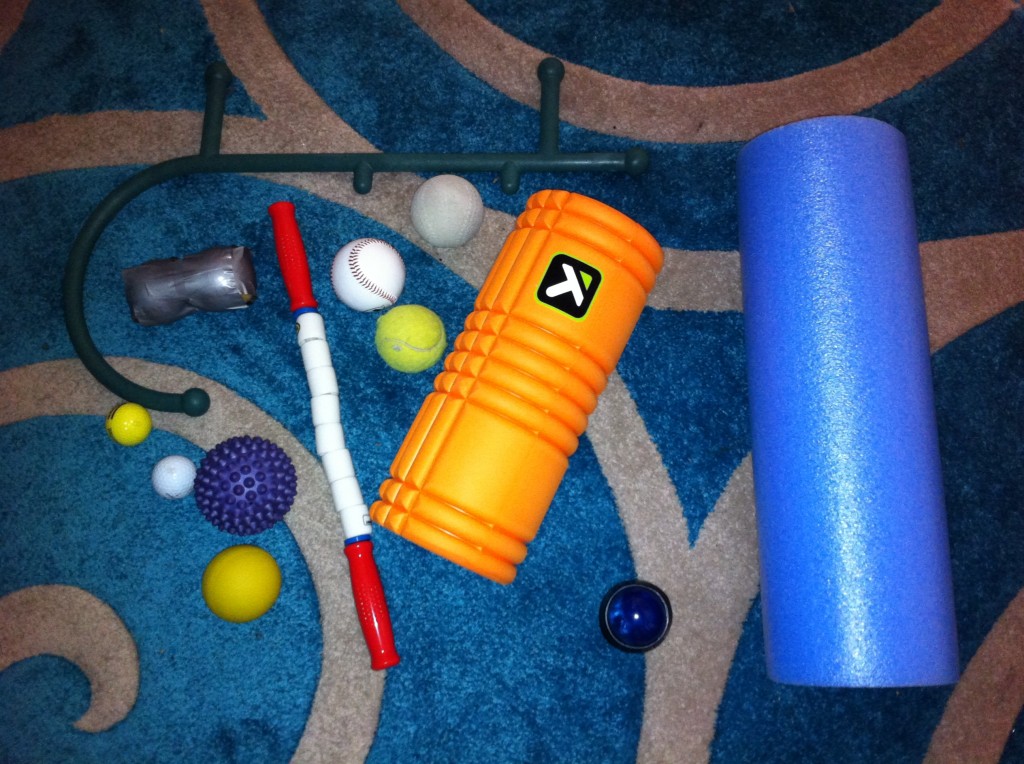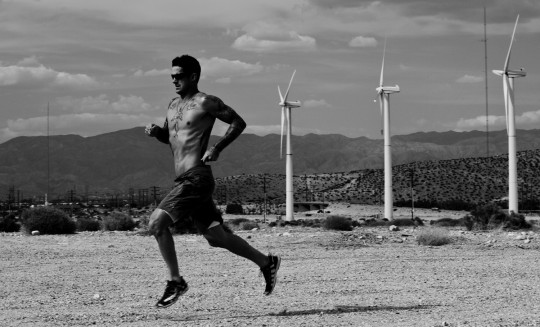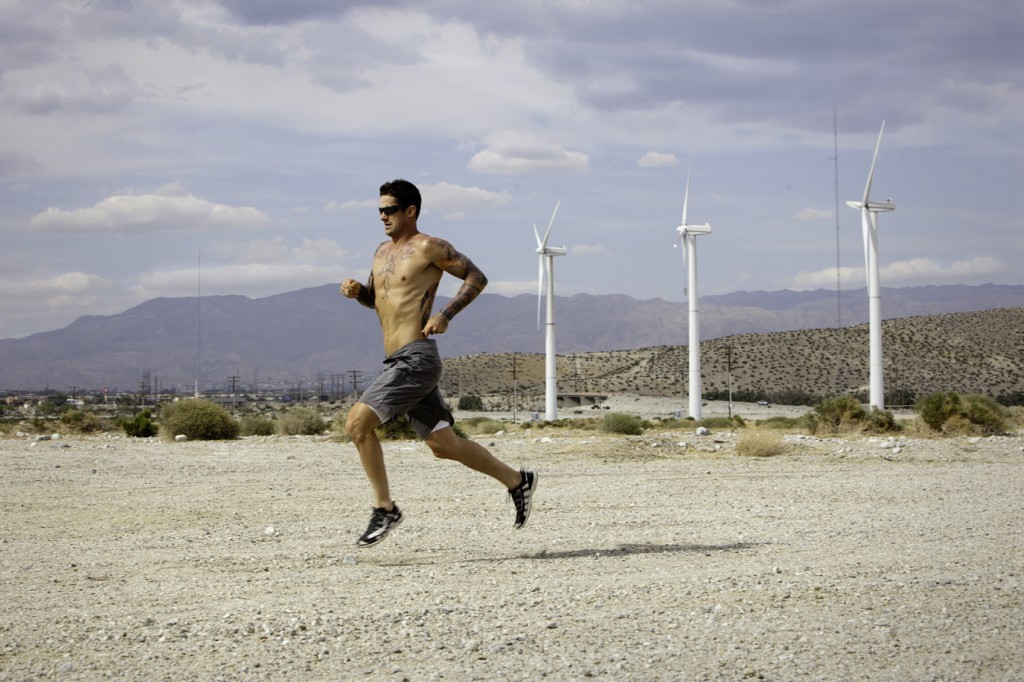 I’m a big fan of foam rolling and self massage you can do at home. So much so I introduced the running series with foam rolling and mobilization. You may think it’s completely unnecessary but I know better…now. I spent the last 6 years of my 20’s injured and have had to rehabilitate myself on more than one occasion.
I’m a big fan of foam rolling and self massage you can do at home. So much so I introduced the running series with foam rolling and mobilization. You may think it’s completely unnecessary but I know better…now. I spent the last 6 years of my 20’s injured and have had to rehabilitate myself on more than one occasion.
In fact I just spent the last hour and forty minutes doing foam rolling and soft tissue work. Why? I woke up with a stiff lower back and hips, a headache and a tight neck.
And when I first started with foam rolling I couldn’t run or jump without pulling a muscle. After 3 months of continuous work, I was able to move like a normal person and am pretty sure I could dunk a basketball again. And I get a massage every week!
The problem is most of us do more exercise (stuff to tighten up the muscles) than regenerative work (stuff to loosen up the muscles such as stretching, yoga, qi gong and foam rolling) and as we get older, the more regenerative work we need.
 Anyway this week I’m gonna teach you how to run. Yep…
Anyway this week I’m gonna teach you how to run. Yep…
Most Of You Don’t Know How To Run.
Most people never take the time to learn how. Running is a skill just like any other sport and must be learned to do properly to avoid injury and increase speed and distance travelled.
So we’re gonna start with a video from Dr Silverman from New Jersey comparing the technique of a runner before and after.
The above video talked you through a few key points.
1. You should fall forward and let your feet follow you.
The above video is someone running on a treadmill and shows little forward lean however the treadmill is on a slight incline so keep that in mind.
2. You are supposed to land on your forefoot, not your heel.
Landing on the heel slows you down and puts a ton of force through your ankle, knee and hip and causing you pain and potential injury. You can get faster at running if you’re stuck on the couch with a fractured ankle.
3. You should be in contact with the ground for as short a time as possible.
More friction = slow.
Less friction = fast.
See video number 2 for ‘the wheel analogy’
4. You should pull the heel of your trailing foot up towards your butt.
The following video from Ultra Marathon runner and Crossfit Endurance founder Brian Mackenzie will show you what I mean. By the way I better put a language disclaimer on this video…
So What Do You Do Now?
- If you’re already running, practice the new technique. Even if you don’t get it perfect I’m sure it will be much better than what most of you are already doing. Doing 10 – 20 repeats of 10 – 200 metres with a walk or rest in between will be a great place to start.
- If you are new to running and want to start or do more, practice the new technique over short distances such as 10-50 metres. Do repeats of these runs broken up with a walk or rest to recover in between them. 10 – 20 repeats will be more suitable for you.
Even if you are an experienced runner it is likely your form is falling apart the longer you run. So keep the distances short while you practice, and do more longer intervals as you improve your running technique and efficiency. 200 – 800m repeats at a consistent pace will do wonders for increasing your speed and endurance. I’ll cover programming more in depth in the future.
